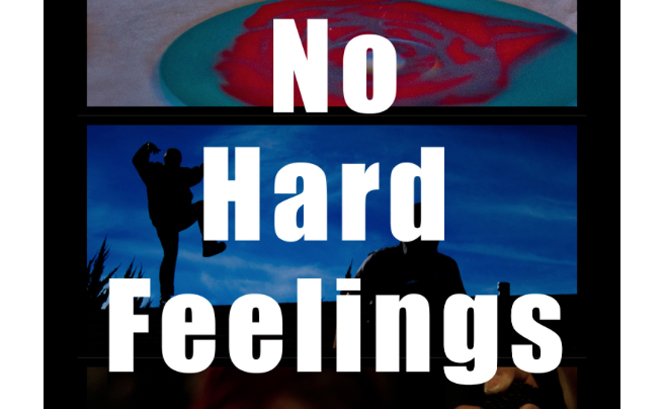We know a good story when we see one. Or hear it. Or read it. And now, as the technology of storytelling evolves into something more like story making, it’s possible to watch, listen and read as the narrative unfolds with a swipe of our fingers.

“I just tell it the way I’m seeing it,” said Alyssa Burkett as she described her immersion into the lives of local bands in Flagstaff that resulted in an award-winning package of text, video and photos. The digital format was provided by the Atavist, a publisher whose iPad app offers various combinations of long-form journalism, photographic essays and video as a platform for viewers seeking a deeper journey into a topic.
What Burkett saw, captured and edited brought the Northern Arizona University journalism student a grand prize in the Digital Storymakers contest, sponsored by Atavist and the Pearson Foundation, which drew entries from students at elite universities across the country.
Burkett is traveling, expenses paid, to New York City to meet other contest winners and editors from The New York Times and Wall Street Journal. While there, she will participate in a two-day storytelling boot camp with Atavist editors. Her award includes a cash prize of $5,000, and her work, and two entries by four of her classmates, will be featured in an upcoming digital publication by Atavist.
Yet the story told by Burkett sets its sights far from glitter and glamor, instead focusing a journalistic lens in garages and modest living rooms in Flagstaff, where bands form and perform, create and break up, mostly outside the view of college students and tourists.
“I feel like there are stories like this that focus on people who don’t have very much,” Burkett said in explaining her motivation to capture such real-life situations. “They’re not famous or widely known. It makes me feel good, like I can achieve something because these people are achieving something.”
Burkett said she spent years on the project, which began as a request by some band members to take their photos. In the process, she became “part of their circle.”
“You have to be able to form those relationships and not just be a fly on the wall, like a lot of journalists are,” Burkett said. “That’s when you get the most out of a story.”
That philosophy was nurtured throughout Burkett’s own journey from a senior project in high school about censorship in journalism, to her entry into the study of print journalism at NAU and finally to a production class that steered her to the unvarnished honesty of photojournalism.
“I wanted to dig deeper and hang out with people who were real and experienced emotion,” Burkett said. She recalled her origins in Nogales, Ariz., a place that “doesn’t allow people to go very far.” So she went as far as she could while staying in Arizona, and landed at NAU. There, evolving technology added a stream to the confluence of storytelling opportunities.
Burkett said she’s grateful for the platform offered by the Atavist app. “Honestly, I have no idea how else I would have been able to share this story with people. It’s just a really nice way to have it all laid out for you.”
While working full time and finishing a few classes at NAU to graduate, Burkett plans to continue experiencing the local arts scene and develop more story ideas.
“This is exactly what I wanted to do,” Burkett said. “I’ll follow different artists and different types of artists—anybody who’s willing to share why they create and how they live.”



